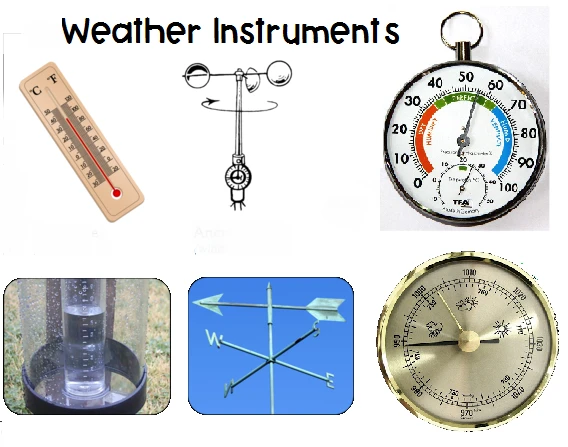The Instruments of the Weather

# The Instruments of the Weather
## Understanding Weather Instruments
Weather plays a crucial role in our daily lives, and understanding it requires specialized tools. Meteorologists use various instruments to measure and predict weather conditions accurately. These devices help us track temperature, humidity, wind speed, and other atmospheric phenomena.
### The Most Common Weather Instruments
Let’s explore some of the essential instruments used in weather observation:
– Thermometer: Measures air temperature
– Barometer: Detects atmospheric pressure
– Hygrometer: Determines humidity levels
– Anemometer: Calculates wind speed
– Rain gauge: Measures precipitation amounts
– Wind vane: Shows wind direction
## How These Instruments Work Together
Modern weather stations combine multiple instruments to provide comprehensive data. For example, a typical home weather station might include:
Temperature and Humidity Sensors
These digital sensors provide real-time readings of both temperature and relative humidity, often displayed on a digital screen or transmitted to a smartphone app.
Atmospheric Pressure Measurement
Barometers help predict short-term weather changes by tracking pressure variations. Rising pressure often indicates fair weather, while falling pressure suggests storms may be approaching.
## Advanced Weather Monitoring Tools
Beyond basic instruments, meteorologists use sophisticated equipment for more detailed analysis:
– Radiosondes: Weather balloons carrying instruments that transmit data as they ascend through the atmosphere
– Doppler radar: Detects precipitation and measures wind speed and direction
– Satellite imagery: Provides large-scale weather pattern observation
– Lightning detectors: Track electrical activity in storms
### The Importance of Weather Instruments
These tools serve critical functions in various sectors:
Agriculture relies on weather data to determine planting and harvesting times. Aviation uses weather instruments for flight safety. Emergency services depend on accurate forecasts to prepare for severe weather events. Even our daily commute benefits from weather instrument data when we check the forecast before leaving home.
## Maintaining Your Weather Instruments
For accurate readings, proper maintenance is essential:
- Keep sensors clean and free from debris
- Calibrate instruments regularly
- Position them correctly (e.g., thermometers in shade, rain gauges in open areas)
- Protect from extreme conditions when possible
Whether you’re a professional meteorologist or a weather enthusiast, understanding and properly using weather instruments can lead to more accurate observations and better predictions of our ever-changing atmosphere.
Keyword: instruments of the weather